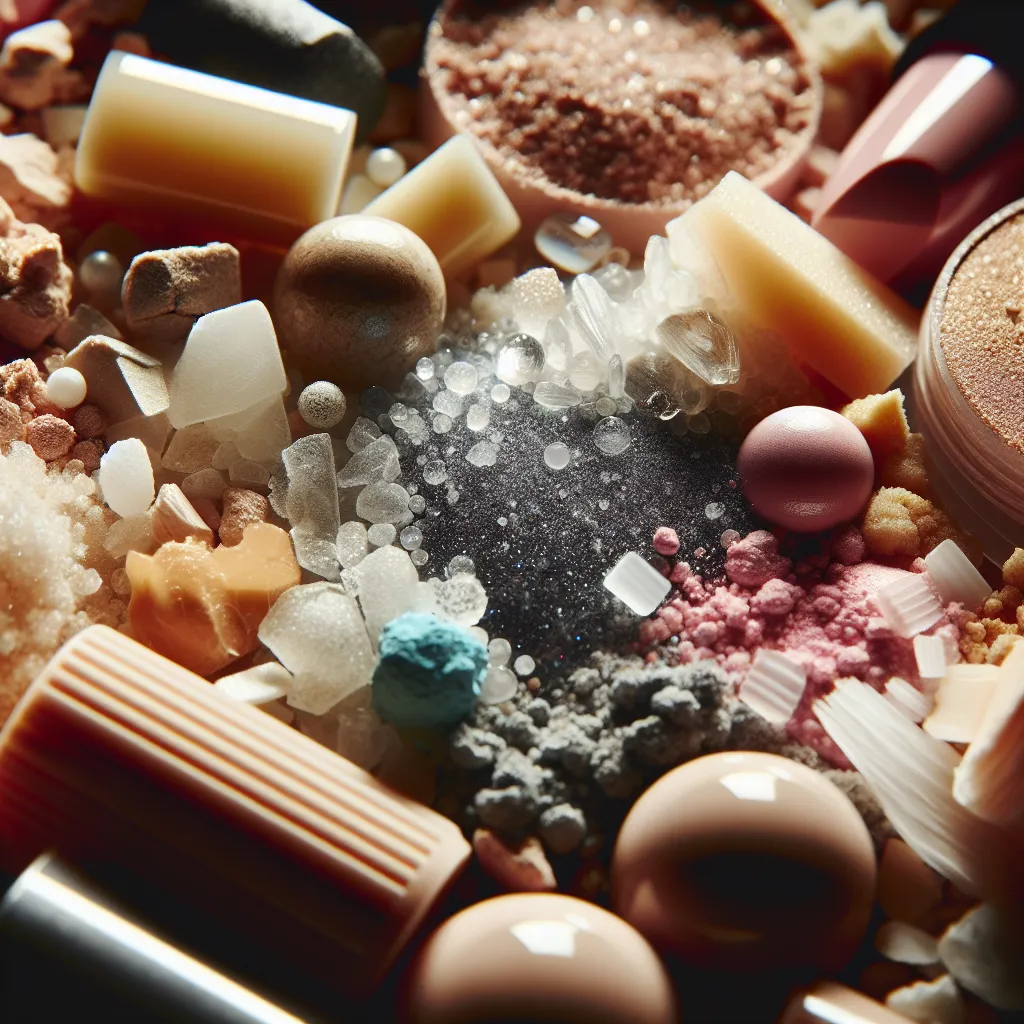The History of Cosmetic Ingredients
The history of cosmetic ingredients dates back to ancient civilizations, where people used natural substances like crushed berries, minerals, and oils to enhance their appearance. Fast forward to today, and we have a wide range of cosmetic products at our disposal, including the versatile concealer palette.
The concealer palette is an essential tool in any makeup kit, allowing users to blend different shades to match their skin tone and cover imperfections. The history of concealer can be traced back to the early 20th century, with the invention of the first concealer products designed to mask blemishes and dark circles.
As cosmetic science has advanced, so too have the ingredients used in concealer palettes. Modern formulations often include ingredients such as hyaluronic acid for hydration, vitamin E for nourishment, and light-diffusing particles for a flawless finish. Understanding the evolution of cosmetic ingredients helps consumers make informed choices about the products they use on their skin.
The History of Cosmetic Ingredients
When we think of makeup, we often focus on its transformative power and the artistry involved in its application. However, the science behind cosmetic ingredients is a fascinating aspect that has evolved over centuries. The history of cosmetic ingredients dates back to ancient civilizations, where natural substances such as plant extracts, minerals, and oils were used to enhance beauty and create cosmetics.
Ancient Egyptians, for example, used kohl to darken their lashes and brows, as well as a mixture of red ochre and oils for their lips and cheeks. The use of natural ingredients like beeswax, olive oil, and various plant-based dyes laid the foundation for the development of modern cosmetic formulations.
Over time, advancements in science and technology have led to the discovery and synthesis of a wide range of cosmetic ingredients. The Industrial Revolution played a significant role in the mass production of cosmetics, leading to the commercialization of products containing ingredients such as lanolin, petroleum jelly, and various synthetic dyes.
Today, the cosmetic industry continues to innovate with the use of cutting-edge ingredients like hyaluronic acid, peptides, and botanical extracts. Cosmetic chemists work tirelessly to study and understand the effects of these ingredients on the skin, paving the way for safer and more effective formulations.
Understanding the history of cosmetic ingredients not only provides insight into the evolution of beauty practices but also underscores the ongoing quest for scientific advancement in the world of cosmetics.
The Chemistry Behind Makeup Formulation
Understanding the chemistry behind makeup formulation is crucial for anyone interested in the science of cosmetics. Makeup products are carefully crafted using a variety of ingredients that serve specific purposes. These ingredients often include emulsifiers, preservatives, pigments, and fillers, all of which are selected based on their chemical properties and interactions.
Emulsifiers play a key role in makeup formulation by enabling the blending of water-based and oil-based ingredients. Common emulsifiers such as cetearyl alcohol and polysorbate 80 are used to stabilize the mixture and prevent separation. Preservatives, like parabens and phenoxyethanol, are added to prevent microbial growth and extend the shelf life of the makeup product.
Pigments are another essential component of makeup, providing color and coverage. Iron oxides, titanium dioxide, and ultramarines are commonly used pigments that undergo specific chemical treatments to ensure stability and dispersibility in various formulations.
Additionally, fillers such as talc and silica are incorporated into makeup products to improve texture, absorb oil, and enhance the performance of pigments.
These ingredients undergo meticulous testing and evaluation to ensure compatibility, stability, and safety. Understanding the chemistry behind makeup formulation empowers consumers to make informed choices and enables cosmetic scientists to continue innovating in the development of new and improved products.
The Role of Technology in Cosmetic Development
The role of technology in cosmetic development has been crucial in enhancing the safety, effectiveness, and innovation of makeup products. With advancements in technology, cosmetic scientists have been able to analyze and understand the interactions between various ingredients, leading to the creation of more refined and high-performing cosmetics.
One of the key aspects of technological advancement in cosmetic development is the use of advanced imaging techniques to study the effects of different ingredients on the skin at a microscopic level. This has enabled scientists to gain a deeper understanding of how ingredients interact with the skin, leading to the development of cosmetics that are not only visually appealing but also gentle and nourishing to the skin.
Another significant contribution of technology to cosmetic development is the use of computational modeling and simulation to predict the performance and safety of cosmetic ingredients. This has significantly reduced the need for animal testing and accelerated the formulation process, allowing for more efficient and ethical development of cosmetics.
Furthermore, technological advances have enabled the development of novel delivery systems for cosmetics, such as microencapsulation and nanoemulsions, which enhance the stability and efficacy of active ingredients in makeup products.
In conclusion, the integration of technology in cosmetic development has revolutionized the industry, leading to the creation of safer, more innovative, and higher-quality makeup products. As technology continues to advance, we can expect the future of cosmetics to be shaped by even more sophisticated scientific developments, ultimately benefiting consumers and the beauty industry as a whole.
The Future of Sustainable Cosmetics
As the beauty industry continues to evolve, the future of sustainable cosmetics is becoming an increasingly prominent topic. Consumers are now more conscious of the environmental impact of the products they use, leading to a growing demand for sustainable and eco-friendly cosmetics. In response to this shift, cosmetic companies are exploring innovative and environmentally responsible formulations, as well as sustainable packaging options.
Key aspects of the future of sustainable cosmetics include the use of biodegradable and natural ingredients, cruelty-free formulations, and ethical sourcing practices. Biodegradable glitter, plant-based dyes, and natural preservatives are gaining traction as consumers seek alternatives to traditional cosmetic ingredients. Additionally, the development of cruelty-free testing methods and the elimination of harmful chemicals are integral to the future of sustainable cosmetics.
Furthermore, the sustainable packaging of cosmetics is a crucial consideration. Companies are increasingly opting for recyclable or biodegradable packaging materials to minimize waste and reduce their environmental footprint. Some innovative approaches include refillable containers, compostable packaging, and reusable components to minimize the impact of cosmetic products on the environment.
In summary, the future of sustainable cosmetics is shaped by an increasing demand for eco-friendly and socially responsible products. By embracing biodegradable ingredients, cruelty-free formulations, ethical sourcing, and sustainable packaging, cosmetic companies can meet the evolving needs of conscious consumers while contributing to a more sustainable beauty industry.

